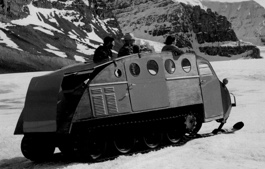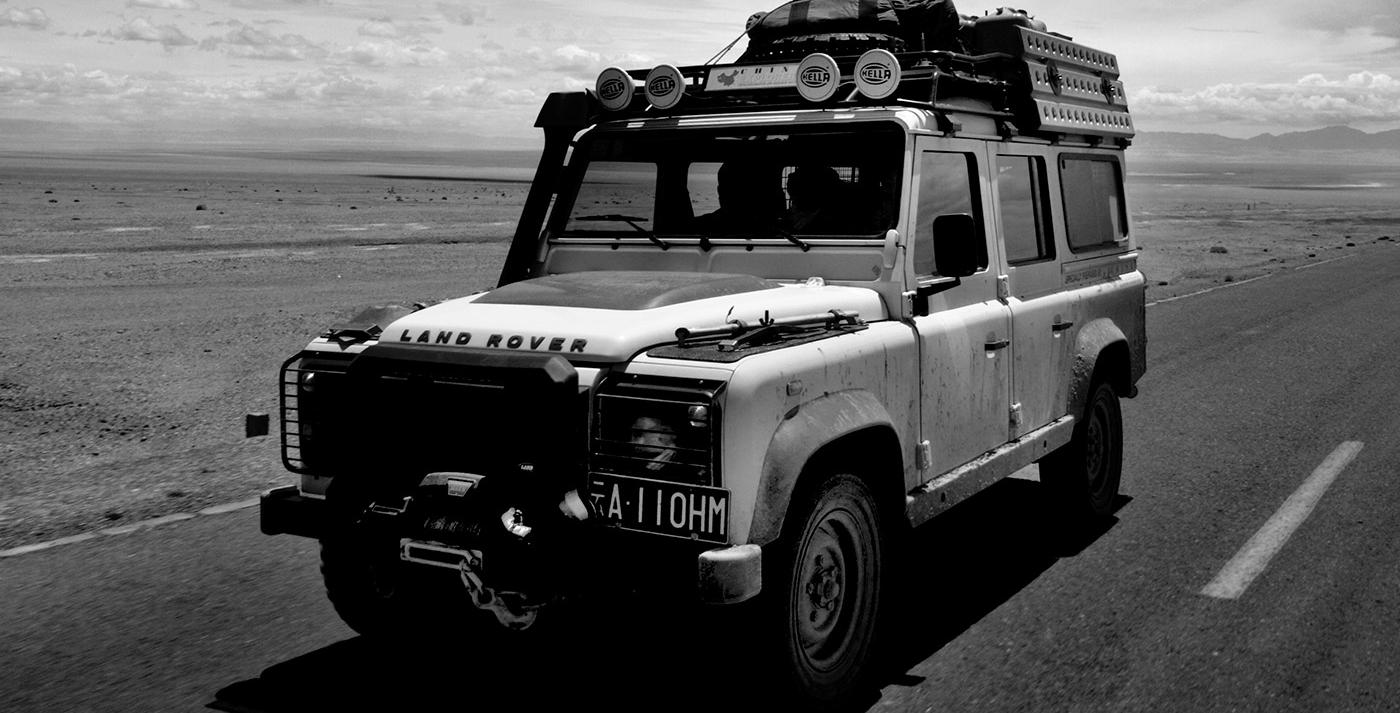
Sport Utility
Retired after almost 70 years in production, the original Land Rover is as rugged and iconic as ever
Although its 1948 debut was during the twilight of the British Empire, the Land Rover Defender has crossed the rugged terrain of all the exotic locales where the British have set foot—or rather, four wheels. “In many places around the world, such as sub-Saharan Africa, India, Australia and the Middle East, it was the first vehicle many people had ever seen,” says Richard Woolley, Jaguar Land Rover’s advanced design studio director.
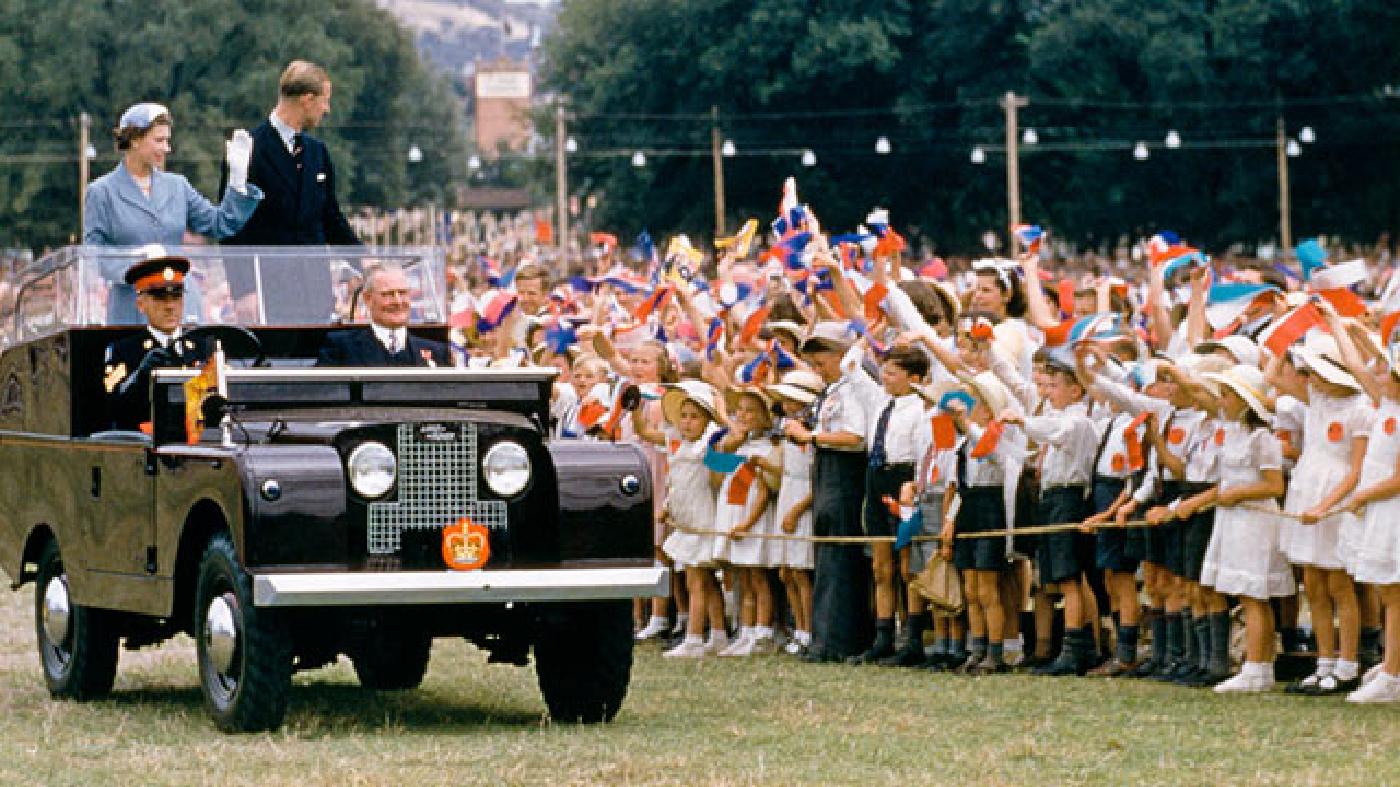
To make things even more dramatic, the vehicle often appeared seemingly out of nowhere. During humanitarian missions, its lightweight body enabled it to be dropped from the sky into remote locales via helicopter, a capacity brought to the big screen in Lara Croft: Tomb Raider, in which Angelina Jolie plays another British adventurer. Home in merry old England, the vehicle was originally designed for more humble tasks than chasing spies or searching for lost civilizations. “The first 1948 Land Rover was designed as a ‘farmer’s friend,’” says Wayne York Kung, Jaguar Land Rover’s national product communications manager for the United States. “Postwar Britain needed an all-purpose vehicle to help the agrarian society that was rebuilding.” What’s more, Queen Elizabeth, the Queen Mother, needed a way of getting around the estate at Balmoral, the British royal family’s Scottish castle, a scenario dramatized in The Queen, starring Helen Mirren.
In fact, the Defender has appeared in so many films, from Sahara to The Da Vinci Code, that it has an 11-page listing on the Internet Movie Cars Database (IMCDB.org).
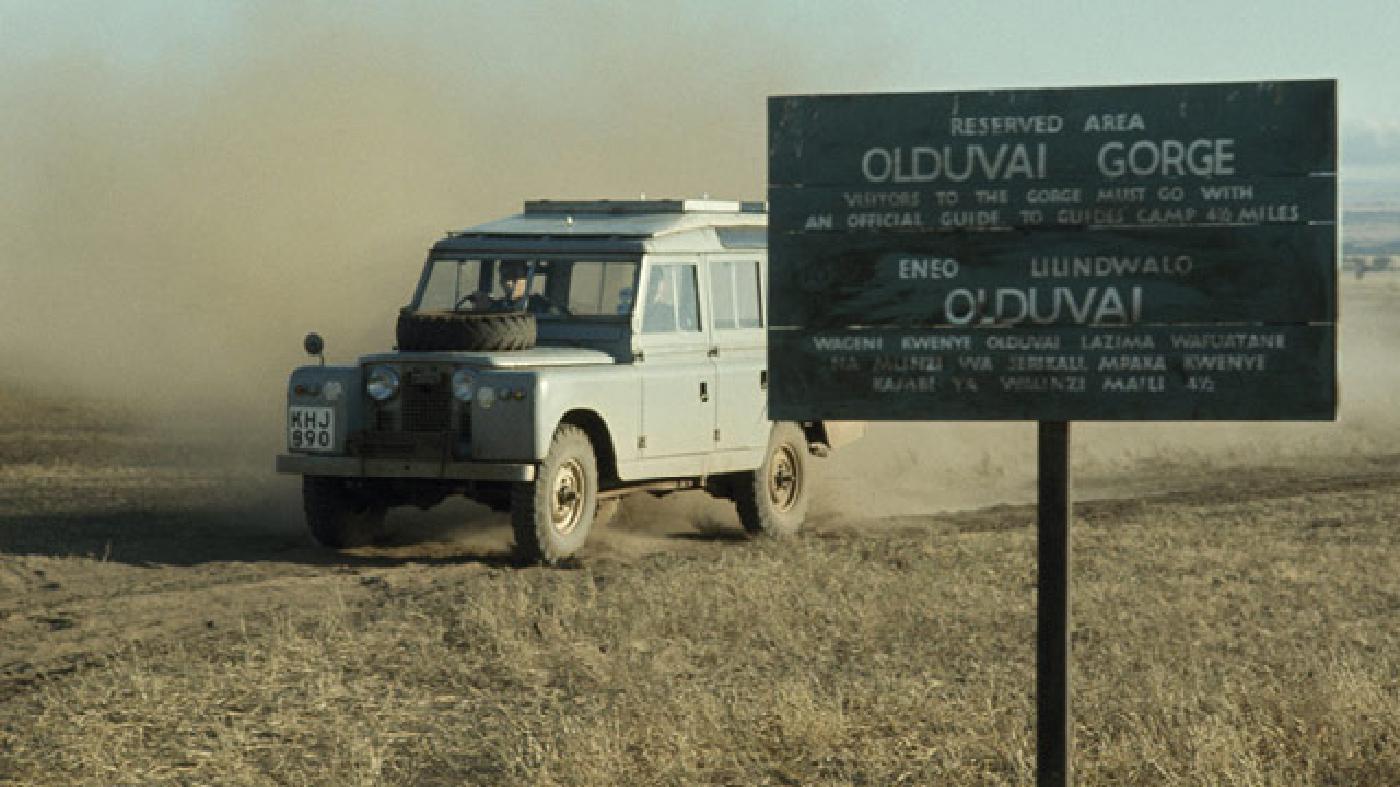
But in 2016, the Defender officially went into retirement. In August 2014, Jaguar Land Rover Automotive PLC, as the parent company is officially known, announced that it had finalized a new design, but it did not say when it would be unveiled.
Things become iconic largely by not changing. Will the new Defender further cement the vehicle’s legendary image? Or will it break with it entirely?
The company is being somewhat cryptic about the Defender’s return. “It is our intent to develop a Defender for the future, but timing and details are TBD,” York Kung says. “We haven’t publicly disclosed when the Defender will return.”
When it does, it may finally re-enter the streets—and mountains and beaches—of America. The current Defender does not meet Department of Transportation regulations for safety and emissions, and it has not been sold in the United States since 1997. As to whether it will in fact return to the States, York Kung is once again coy. “Future versions will need to be designed to meet global regulations,” he says. “The US is a key global market.”
The Da Vinci Code, that it has an 11-page listing
on the Internet Movie Cars Database.
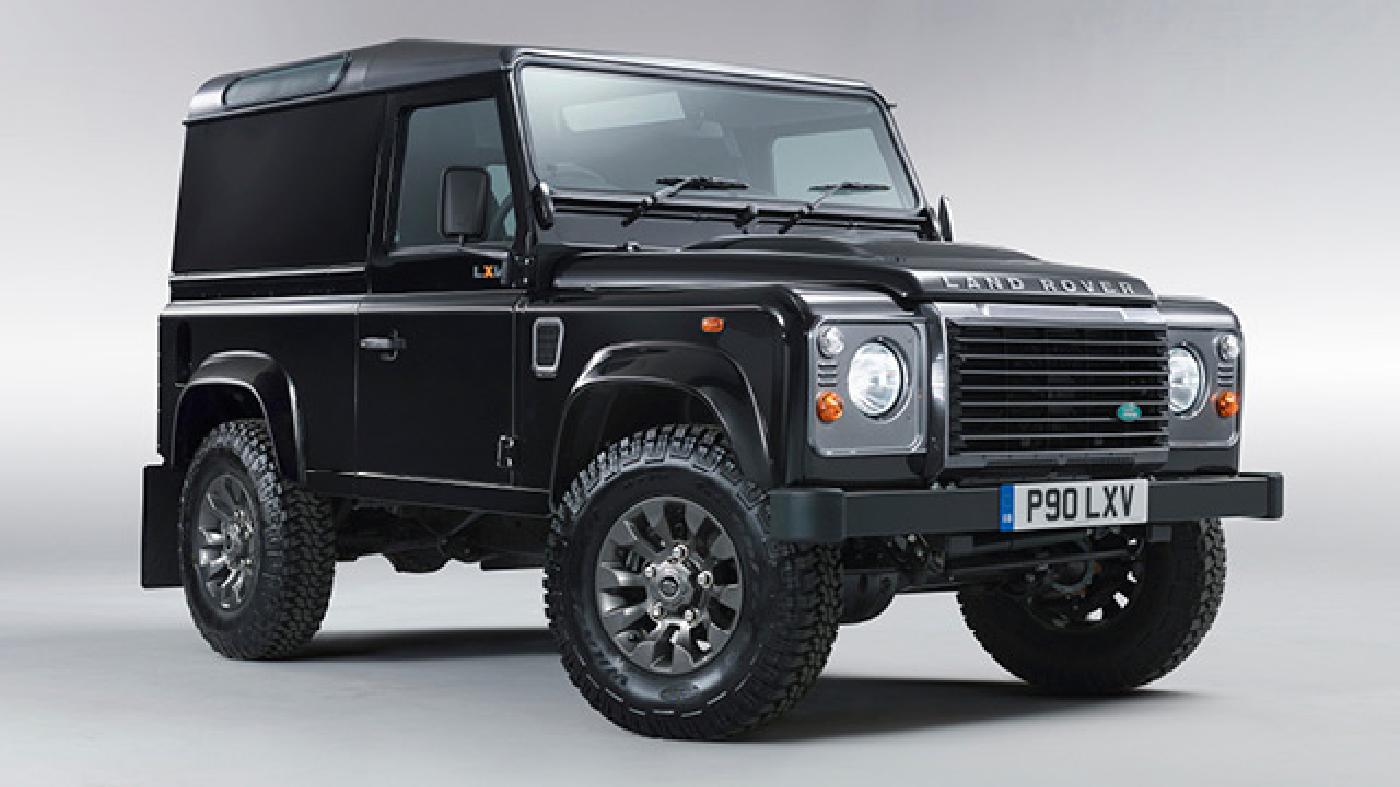
While the Defender’s power train was upgraded over the years, it maintained a purist’s manual transmission. Its short front end is well suited for climbing; its ground clearance is high, which is good for traversing water; and the articulation of the suspension keeps the vehicle’s wheels in contact with uneven terrain. Areas around the bonnet are meant to be stood on, and the roof is easily climbed upon—ideal for escaping attacks by wildlife, for example. The spare tire is rear mounted for easy access, and even the door hinges are exposed so that they can be easily lubricated to keep them from freezing.
But there are no special gadgets from Q Branch, not even a navigation system. “The Defender’s greatest James Bond gadgetry is its durability and capability,” Woolley says. “It can go anywhere and tackle any kind of terrain.” Plus, “people love the Defender because of its simplicity, and owners are almost fanatical about wanting us to maintain the level of engagement and simplicity,” he adds. “It is fundamentally a tool you interact with. It does things for you but also demands things from you, and you almost have to go through a learning curve when you first drive it.” It’s that required extra effort that engages people more. “People go so far as to name their Defenders, as if they’re part of the family.”

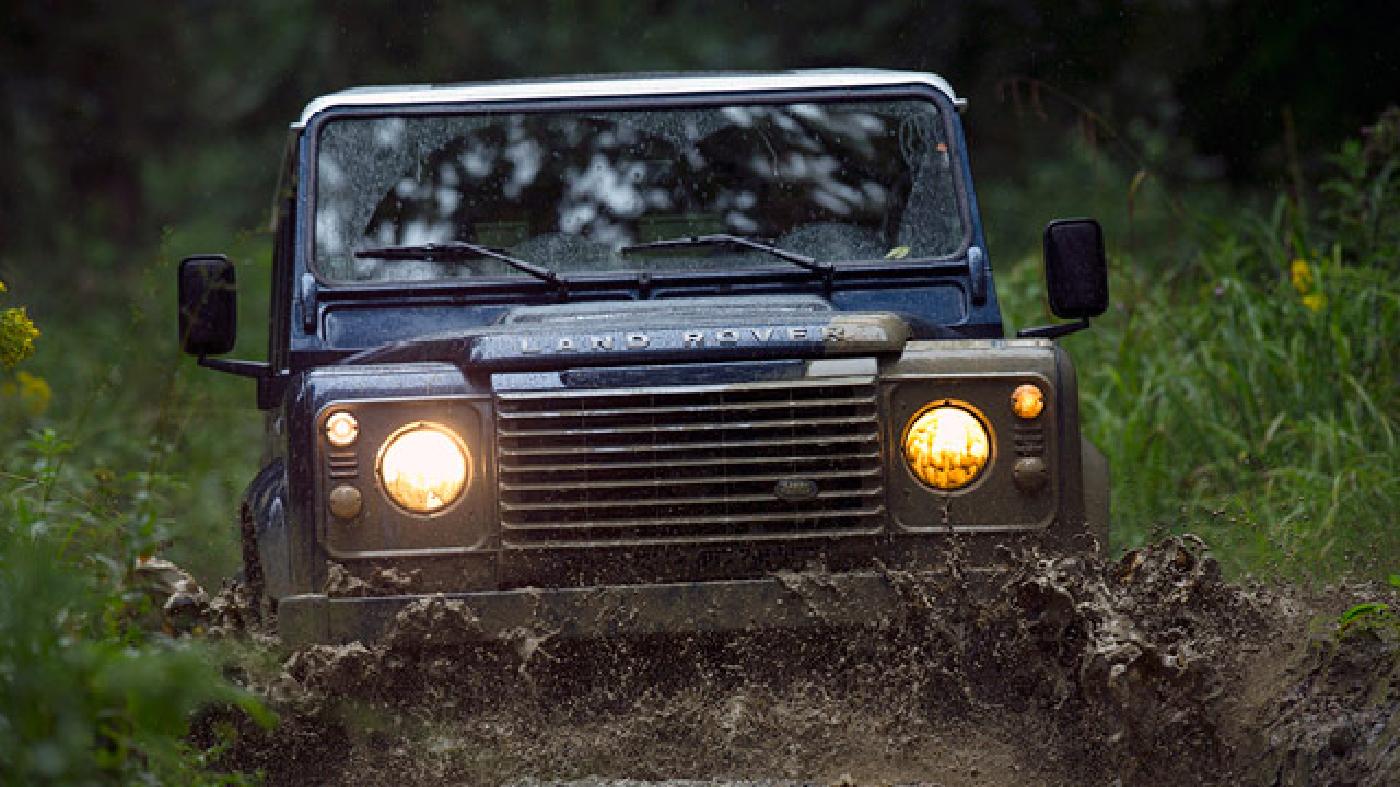
Catering partly to enthusiasts with off-road inclinations and partly to what he calls fashion customers, who just want something unusual, Humble says he has been struggling to keep up with demand ever since he began offering on his website a customization feature allowing buyers to request things like GPS and Bluetooth compatibility, not to mention such creature comforts as leather seats and air conditioning. “Defenders are not efficient, aerodynamic, not anything a modern vehicle is,” says Humble. “But part of the draw is that it doesn’t feel like anything else.”
Back at Land Rover headquarters, Woolley admits that he felt a burden of responsibility in designing the next Defender, balancing pared-down utility with a desire to innovate. When it is finally unveiled, be prepared for anything, he says, even a hybrid engine. “The new model will need to be modern and relevant. Land Rover has innovated since day one, so I wouldn’t rule anything out.”
- Courtesy of Land Rover
- Photograph by Paul Popper/Popperfoto; courtesy of Getty Images
- Photograph by Joe Scherschel; courtesy of Getty Images
- Photograph by Vincenzo Marcantonio; courtesy of Getty Images





